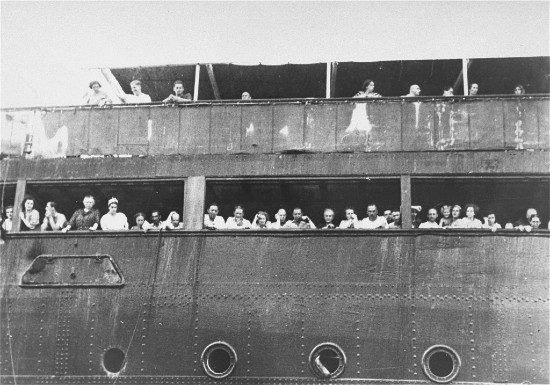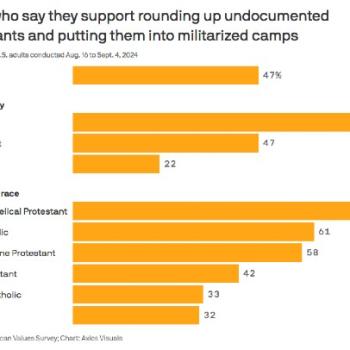President Joe Biden has raised the presidential determination for refugees from 15,000 to 62,500. This is a Good Thing.
That number — sometimes called a ceiling or limit or cap on the number of legally recognized refugees the U.S .will accept — comes from the 1980 law that codified the country’s previously less legally rigid approach to accepting or denying refugees. It’s both a target and a maximum — the number of refugees the U.S. will try to welcome and the upper bound of how many the U.S. is allowed to welcome. Most years, the number of refugees actually resettled comes in below target.
That number changes a lot year to year. The first such presidential determination under the Refugee Act of 1980 was 231,700. Ronald Reagan reduced that to 217,000, reducing it to about a third — 87,500 — by the end of his second term in office. George H.W. Bush raised it slightly every year, reaching 131,000 in 1992, then Bill Clinton whittled it back down to 90,000 by the end of his presidency. The number sat at 70,000 for most of George W. Bush’s presidency and Barack Obama kept it near there, ticking up slightly to 84,995 by his final year in office.
The Trump administration lowered the presidential determination for refugees every year, hacking it all the way down to 15,000 by 2020.
So what’s the right number? Where should the target/limit for refugee resettlement be set? How many refugees should the U.S. attempt and be permitted to welcome every year?
All of them. Not 15,000 or 62,5000 or 70,000 or 231,700. All of them.
That’s the only good answer.
Which is to say that’s the only acceptable answer from a character in this story that we might want or expect the readers of this story to consider a good character. This is a moral assertion, but I’m not talking morality here, or religion — I’m just talking about how stories work. Denying safety to desperate people in need of refuge is not something that characters in stories can do and then still have the readers of those stories think of them as the Good Guys.
“Save yourself — leave me to die!” is a cliché in movies. A supercut of every such scene from a movie or a TV show would be hours long. And in every iteration of that hackneyed scene, the Good Guy refuses to leave the other person to die because refusing to do so is what makes the Good Guy the Good Guy.
I follow a Twitter account called @Stl_Manifest. That’s what it is — a bot that regularly tweets out the names from the passenger manifest of the MS St. Louis. It’s names, sometimes pictures, and a brief account of what became of each individual person. Here is a name and a face and a story: Remember.
The MS St. Louis left Hamburg, Germany, in 1939 carrying 937 Jewish refugees. The United States, Canada, and Cuba all denied refuge to those 937 souls fleeing for their lives. After a month at sea, the St. Louis returned to Europe where four nations — Great Britain, the Netherlands, Belgium, and France — were persuaded to offer refuge to its passengers. When Nazi Germany conquered the latter three countries, the refugees turned away by the United States were sent to concentration camps, where 254 were killed.
This is what happens to refugees who are denied refuge: They die. That’s what makes them refugees. The legal definition provided by the Refugee Act of 1980 says as much, albeit indirectly. It defines a refugee as “a person outside the country of his or her nationality, who is unable or unwilling to return to that country because of persecution or a well-founded fear of persecution based on his or her race, religion, nationality, membership in a particular social group, or political opinion.” It also recognizes refugees displaced from their homes and unable to safely return due to natural disasters.
But what all of that amounts to is this: A refugee is someone who cannot return home and who must find refuge or die.
So what is the proper number of people who must find refuge or die that the U.S. ought to provide refuge for?
The number is all of them. Any other answer means you don’t get to be the Good Guy in this story. (Sorry, I don’t make the rules. That’s just how stories work.)













